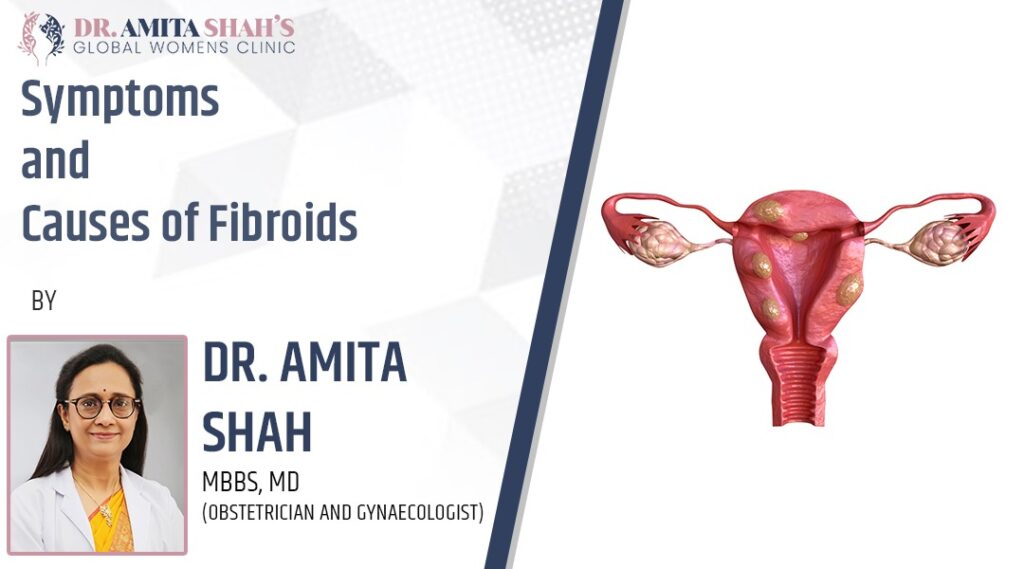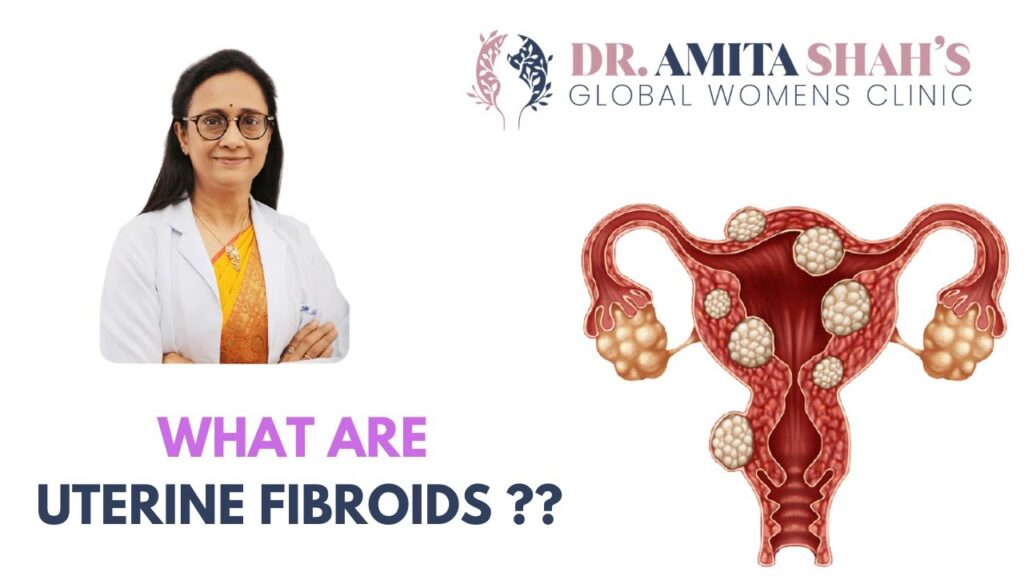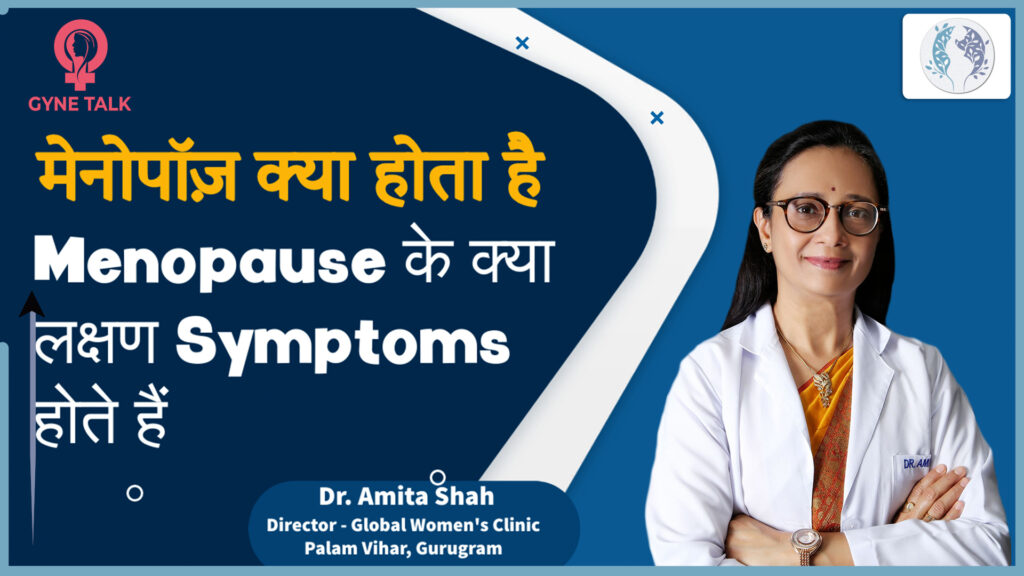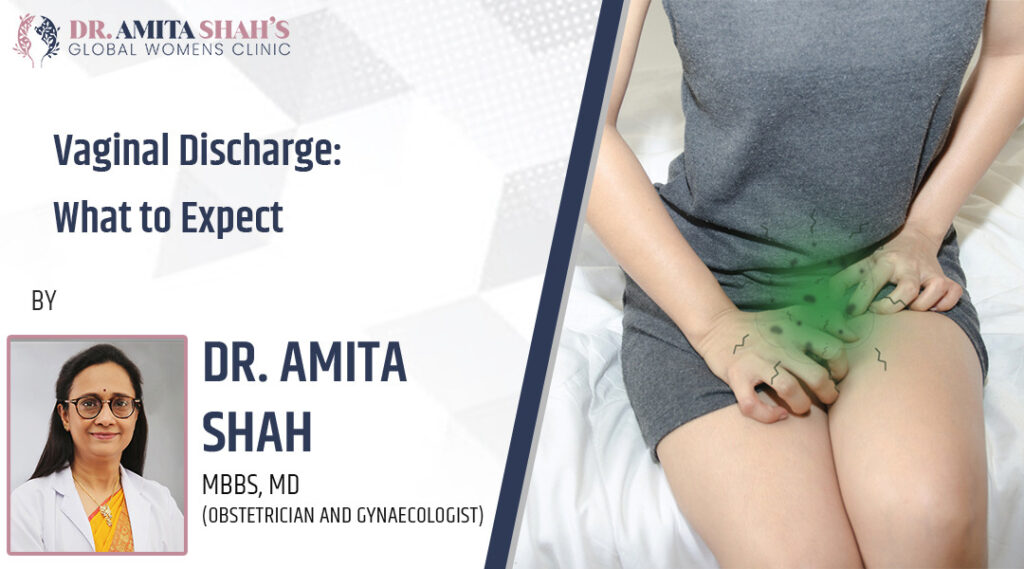What are uterine fibroids?
Uterine fibroids (also known as leiomyomas) are uterine fibroids that are made up of muscle and connective tissue from the uterine wall, which are generally non-malignant (benign) growths. The uterus is a pear-shaped organ in your pelvis that is turned upside down, roughly the size of a lemon.

It’s also known as the womb, where a baby grows and develops during pregnancy. Call and book your appointment with Doctor Amita Shah to learn more about fibroid treatment in Gurgaon.
Fibroids can grow as a single nodule or as a cluster. Fibroid clusters can be as little as 1 mm in diameter or as large as 20 cm (8 inches). In comparison, they can grow to be the size of a watermelon. These tumours can form within the uterine wall, the organ’s main cavity, or its surface. The size, number, and placement of fibroids within and on your uterus can all vary.
With uterine fibroids, you may suffer several symptoms, which may or may not be the same as those experienced by another woman with fibroids. Because fibroids vary, your treatment approach will be tailored to your specific situation.
Are Fibroids common?
Fibroids are a somewhat frequent form of pelvic tumour. Fibroids affect almost 40 to 80 per cent of the women. However, because many women do not suffer any symptoms from their fibroids, they are unaware that they have them.
This can happen if you have very small fibroids, which are referred to as asymptomatic because they do not create any fibroid symptoms.
Who is at risk of developing uterine fibroids?
Several risk factors can increase your chances of developing fibroids. These are some examples:
Obesity and a higher body weight (a person is deemed obese if they are more than 20% overweight).
Having a family history of fibroids.
We have no children.
Menstruation began too soon (getting your period at a young age).
Where do fibroids develop?
Fibroids can grow in a variety of locations both inside and outside of your uterus. The size and location of your fibroids are crucial factors for the treatment. The fibroids’ location, size, and number will influence which sort of treatment is best for you and if treatment is even necessary.

The locations of your fibroids in and on the uterus are known by several names. These names reflect not only the location of the fibroid but also how it is attached. Uterine fibroids can occur in the following locations:
Submucosal fibroids
These are fibroids that grow inside the uterine cavity (where a baby grows during pregnancy). Consider the growths that reach down into the empty region in the centre of the uterus.
Intramural fibroids
These are fibroids that are lodged in the uterine wall. Consider the uterus’s sides to be the walls of a house. Fibroids are forming within this muscle wall.
Subserosal fibroids
These fibroids are located on the exterior of the uterus and are closely attached to the outside wall of the uterus.
Pedunculated fibroids
These are the least prevalent types of fibroids and are also seen on the outside of the uterus. Pedunculated fibroids, on the other hand, are attached to the uterus by a slender stem. Because they have a stalk and a considerably wider top, they are frequently described as mushroom-like.
Symptoms
Vaginal bleeding
It is excessive menstrual bleeding (heavy flow or prolonged) and is a common symptom. Women report soaking through sanitary protection in less than an hour, passing blood clots, and being unable to leave the house on the heaviest day of flow.
As a result, some women develop anaemia or a low blood count. Fatigue, headaches, and light-headedness can all be symptoms of anaemia.
If your daily activities are disrupted by severe bleeding, or if you develop anaemia, you should consult your doctor about fibroid treatment options.
Discomfort in the pelvic region
Large fibroids can cause heaviness or pressure in the lower abdomen or pelvic region in women. This is frequently reported as a diffuse discomfort rather than an acute pain.
The larger uterus can often make it difficult to lie face down, bend over, or exercise without discomfort.
Pelvic pain
Acute, severe pain is a less common symptom. This happens when a fibroid undergoes a process known as degeneration. The discomfort is usually restricted to a single area and resolves on its own within two to four weeks.
A pain reliever, such as ibuprofen, can greatly reduce pain. Chronic pelvic pain, on the other hand, is possible. This form of pain is typically modest, yet chronic, and localised.

Problems with the bladder
Urinating more often is the most common symptom. A woman may need to get out of bed multiple times during the night to empty her bladder. Occasionally, despite having a full bladder, women are unable to urinate.
These symptoms are produced by fibroids pressing against the bladder, limiting its capacity to store urine or obstructing urine outflow.
Treatment for bladder disorders can be quite beneficial.
Pain in the lower back
Fibroids rarely press against the muscles and nerves of the lower back, causing pain.
Rear pain is more common with a large fibroid on the back surface of the uterus than with a small fibroid within the uterine wall. Because back discomfort is so widespread, it is critical to rule out other possible causes before blaming it on fibroids.
Pressure in the Rectal Canal
Fibroids can also press against the rectum, causing a feeling of fullness, trouble having a bowel movement, or pain with bowel movements. Fibroids can occasionally cause the formation of a haemorrhoid.
What Causes Fibroids
Experts are unsure why one develops fibroids. Hormones and heredity may make you more susceptible to them.
Hormones
Estrogen and progesterone are the hormones that cause your uterine lining to thicken every month during your period. They also appear to affect fibroid growth. Fibroids normally decrease when hormone synthesis slows down during menopause.
Genetics
Researchers discovered genetic variations between fibroids and regular uterine cells.
Other elements that influence growth are insulin-like growth factors and other substances in your body that aid in tissue maintenance.
Extracellular matrix (ECM)
ECM causes your cells to adhere to one another. Fibroids contain more ECM than normal cells, making them fibrous. ECM also contains growth factors and causes cells to alter.
Schedule your appointment with Dr. Amita Shah who is the best uterine fibroids doctor in Gurgaon.
































